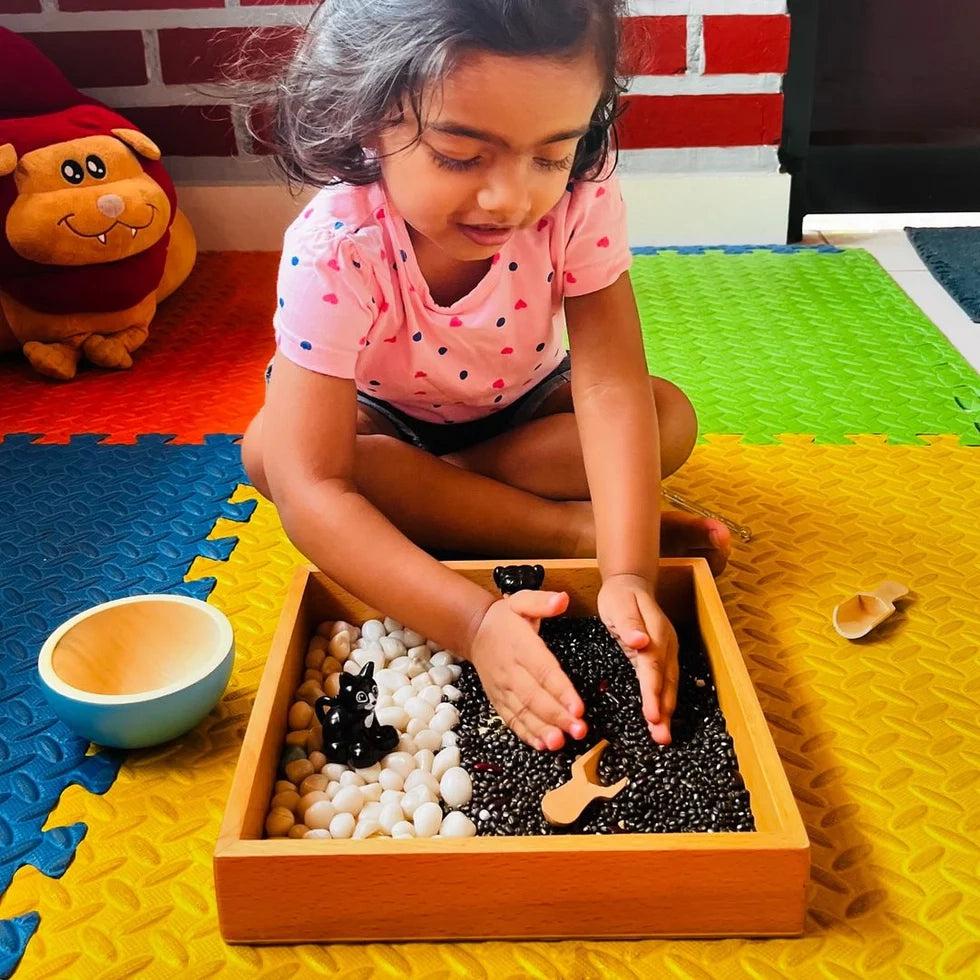The Montessori and Waldorf methods of education have been popular alternatives to traditional schooling for many years. Both approaches emphasize a child-centered learning environment that fosters creativity and independence, but they also have notable differences. In this blog post, we will explore the Montessori and Waldorf approaches to education, their philosophies, and how they differ.
Montessori Schools:
The Montessori approach to education was created by Dr. Maria Montessori, an Italian physician and educator, in the early 1900s. Montessori believed that children are naturally curious and learn best through hands-on experiences, promoting independence, self-motivation, and creativity.
In Montessori schools, children have freedom within limits, with a child-centered classroom that supports their development. Teachers act as guides rather than authority figures, encouraging self-paced exploration and learning. Montessori classrooms are divided into several areas, each of which is designed to encourage different types of learning. For example, the classroom has a practical life area for learning life skills, a sensorial area for exploring the senses, and a language area for reading and writing.
Montessori schools focus on educating the whole child, emphasizing social, emotional, and academic development. Montessori schools also believe in individualized education, where each child is allowed to learn at their own pace and in their own way.
Waldorf Schools:
Waldorf education was developed by Rudolf Steiner, an Austrian philosopher, and educator, in the early 1900s. Steiner believed in holistic education, focusing on developing the whole child by educating the head, heart, and hands — intellect, emotions, and the physical body.
In Waldorf schools, children are encouraged to explore the world around them through art, music, movement, and play. The curriculum emphasizes imagination and creativity, with the teacher acting as a guide and mentor rather than an authority figure.
Waldorf schools believe in educating children in a way that is appropriate for their stage of development. For example, young children are encouraged to play and explore, while older children are given more structured lessons. Waldorf schools emphasize rhythm and routine, offering a predictable schedule and regular activities.
Differences Between Montessori and Waldorf Schools:
While both Montessori and Waldorf schools focus on child-centered education, there are significant differences between the two.
- Approach to Learning:
Montessori schools focus on hands-on learning and independent exploration. Children are given the freedom to choose their own activities and work at their own pace. The teacher is there to guide and support the child's learning, rather than to direct it.
Waldorf schools, on the other hand, focus on imagination and creativity. Children are encouraged to explore the world around them through art, music, and play. The teacher is there to inspire and encourage the child's learning, rather than to provide specific direction.
- Curriculum:
Montessori schools have a structured curriculum that is divided into several areas, such as practical life, sensorial, and language. Children are encouraged to explore each area at their own pace and in their own way.
Waldorf schools follow a flexible curriculum that emphasizes creativity and imagination, encouraging children to explore various subjects through art, music, movement, and play.
- Learning Environment:
Montessori classrooms are designed to be child-centered, with an emphasis on independence. Waldorf classrooms are child-centered, focusing on creating a warm and nurturing environment. The classroom is often decorated with natural materials and soft lighting, and children are encouraged to develop a sense of wonder and reverence for the world around them.
- Teacher Role:
In Montessori schools, the teacher is seen as a guide and facilitator of learning. They observe and support the child's learning, but do not direct it. The teacher provides materials and guidance as needed, but the child is encouraged to take the lead in their learning.
In Waldorf schools, the teacher is seen as a mentor and model for the child. They inspire and encourage the child's learning while offering guidance and support when needed. The teacher also plays a more active role in the curriculum, often developing lessons and activities that are tailored to the needs of the class as a whole.
- Assessment:
Montessori schools emphasize self-assessment, encouraging children to evaluate their progress and take responsibility for their learning. Teachers also observe and evaluate the child's progress, but do not give grades or traditional tests.
Waldorf schools also focus on self-assessment, but in a more holistic way. Teachers observe and assess the child's progress in academics, social and emotional development, and physical health.
Both Montessori and Waldorf schools offer unique and effective approaches to education. While there are differences between the two, both focus on creating a child-centered learning environment that encourages creativity, independence, and self-motivation. Choosing between Montessori and Waldorf schools depends on your child's needs and your family's preferences. Visiting and researching both types can help you find the best fit for your child's learning style and personality.








